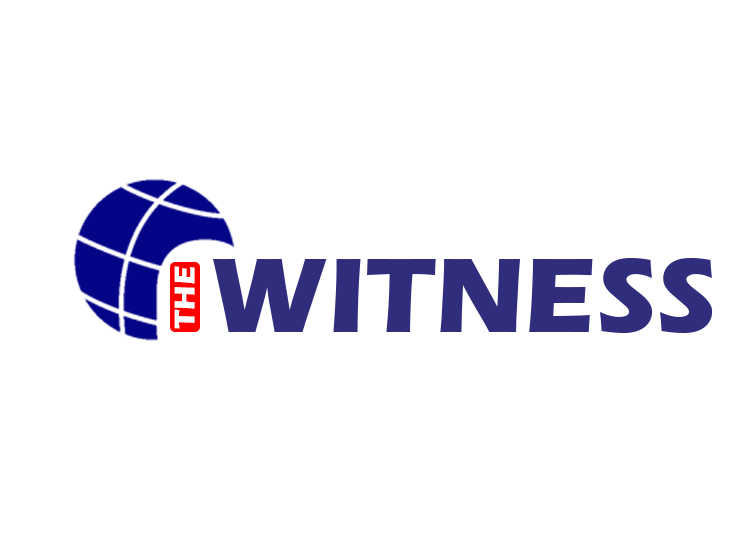Total household expenditure rose by 0.5 per cent in July, lifting the annual rate to 5.1 per cent, its highest level since November 2023.
Spending on health, hotels, air travel and dining out all rose during the month, with total expenditure on services up by 1.6 per cent.
But Australian shoppers, who went bargain-hunting during the mid-year sales in June, cut purchases of goods such as clothes and home furnishings.
Bullock noted that spending on non-essentials was starting to rise. In July, spending in this area rose to its highest level since the start of last year, up by 4.6 per cent.
Expenditure on essentials, however, continues to climb faster, with the annual growth rate rising to 5.9 per cent, its fastest rate since October 2023.
The nation’s two largest markets, NSW and Victoria, continue to underperform the rest of the country in a sign that the large mortgages held by home buyers in both states are still weighing on shoppers.
In NSW, total spending has grown by 3.9 per cent over the year, with discretionary expenditure up by 3.5 per cent. In Victoria, overall spending is up by 3.7 per cent, with non-essential elements up by 2.9 per cent.

EY chief economist Cherelle Murphy says the RBA is awake to the issues of a sharp lift in consumer spending.Credit: Alex Ellinghausen
EY chief economist Cherelle Murphy said the Reserve Bank was awake to the threat posed if consumers opened their wallets to such an extent that businesses started to increase their prices.
“Today’s strong result and the solid consumer data in the June quarter national accounts will be reason for the Reserve Bank to reconsider how quickly the consumer is adding demand back into the economy,” she said.
While overall inflation remains in check, the price of gold continues to soar, delivering a boost to Australia’s mining sector.
On Thursday, gold prices hit another record high of more than $US3600 an ounce to be more than 34 per cent up since the start of the year.
The high prices are being driven by concerns that Donald Trump’s tariff policies will add to inflation pressures in the United States and the president’s ongoing war with the Federal Reserve.
Those high prices pushed the value of Australian non-monetary gold exports to a record $6.1 billion in July, breaking the previous all-time high set in June by more than $400 million.
So far this calendar year, the country has exported $34.7 billion of gold. Through all of 2024, which was a record, the country exported $35.7 billion.
The high value of gold exports continues to feed into Australia’s trade relationship with the US.
Loading
Until this year, Australia had not run a trade surplus with America since Harry Truman was in the White House in the early 1950s.
That changed at the start of the year when American investors started buying up gold as a hedge against domestic inflation.
It came at a terrible time for Australia as Trump focused on his tariffs on any country with which the US had a trade deficit.
The run of Australian trade surpluses seemingly came to an end in April.
But in July, Australia went back into a trade surplus with the US, to the tune of $458 million. Gold prices rose another 6 per cent in August, suggesting a further record in gold exports last month and another surplus with Donald Trump’s America.
Cut through the noise of federal politics with news, views and expert analysis. Subscribers can sign up to our weekly Inside Politics newsletter.


